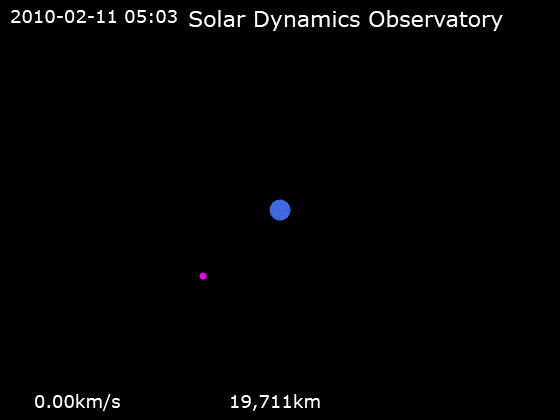Innovative Method for Configuring Dual-Atom Catalysts on MoS₂ Substrates

Recent advancements in catalysis have introduced a novel approach for configuring single and heteronuclear dual-atom catalysts on molybdenum disulfide (MoS₂) substrates. The research, conducted by a team at the National University of Singapore, was detailed in a paper published in *Nature Nanotechnology* on June 13, 2025. The study highlights the significance of single-atom catalysts (SACs) for energy conversion and storage applications, particularly in fuel cells and water electrolyzers.
Single-atom catalysts are characterized by the presence of individual metal atoms dispersed on a supporting substrate. These materials have shown promise due to their high selectivity and tunable reactivity. However, traditional substrates have typically limited the number of SACs they can host, leading to decreased catalytic efficiency due to clustering when excess SACs are loaded. This limitation has spurred a quest for more effective materials capable of accommodating higher SAC densities without compromising performance.
According to Dr. Kian Ping Loh, the senior author of the study, "There has been intense research in single atom catalysts (SAC) but the loading amount is low on most substrates, resulting in low catalytic efficiency. We have thus been looking for a material that can support high loading of SACs. Catalytic efficiency depends on loading. However, if we load too high a density, aggregation of the SACs can occur to form clusters, which reduces catalytic efficiency."
The researchers proposed a method utilizing electrochemical desulfurization to create vacancy-rich domains within 1T'-MoS₂, a metallic phase of MoS₂. This technique enables the selective removal of sulfur atoms, resulting in a substrate that can support a high concentration of metal atoms while preventing aggregation. The findings suggest that this method allows for the dynamic formation of dual-atom catalysts (DACs), pairs of different metal atoms that can enhance catalytic activity through synergistic interactions.
The DACs formed through this approach have been shown to be particularly effective in driving hydrogenation reactions, which involve adding hydrogen to molecules by saturating their multiple bonds. The reversible configuration between SAC and DAC states is facilitated by the application of an electric field, allowing researchers to manipulate the catalyst's structure on demand.
In their experimental setup, the team employed operando X-ray absorption Near Edge fine structure techniques at the Australian Synchrotron Beamline to analyze the coordination environments of the single atoms, supplemented by high-resolution scanning transmission electron microscopy. This analysis revealed that the approach not only enabled the loading of more SACs but also allowed for the reversible formation of DACs through controlled electrochemical processes.
As Dr. Loh noted, "The most notable achievement of our study was the reversible generation of heterogeneous dual atom catalysts on demand, driven by an electric field. The reversible bonding and unbonding of the two different metal atoms in DACs is linked to the protonation and deprotonation of sulfur atoms on the MoS₂ matrix."
The implications of this research extend beyond the immediate efficiency improvements in catalytic processes. By enhancing the versatility of catalytic materials, this method could significantly impact the fields of energy conversion and storage, paving the way for more efficient fuel cells and electrolyzers. Looking forward, the researchers plan to explore additional combinations of single atoms that can dynamically form dual atom catalysts under electric fields, further broadening the potential applications of their findings.
The complete research can be accessed through the paper published by Jianhua Wu et al. in *Nature Nanotechnology*, DOI: 10.1038/s41565-025-01934-z.
Advertisement
Tags
Advertisement





